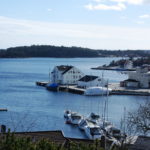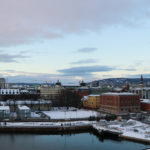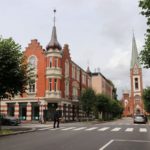The southern coast is very different from other parts of Norway. Many beaches, clear blue water…
Stavanger: best places to see and things to do
upd 26 September 2024
Stavanger is one of the most unusual cities in Norway. It is located on a peninsula in the west of the country and is the fourth largest Norwegian city. But Stavanger became a big city quite recently, on the middle of 20th century when everything in Norway has changes forever. You can follow all the changes through the buildings: from the oldest cathedral in the country to the oil museum.
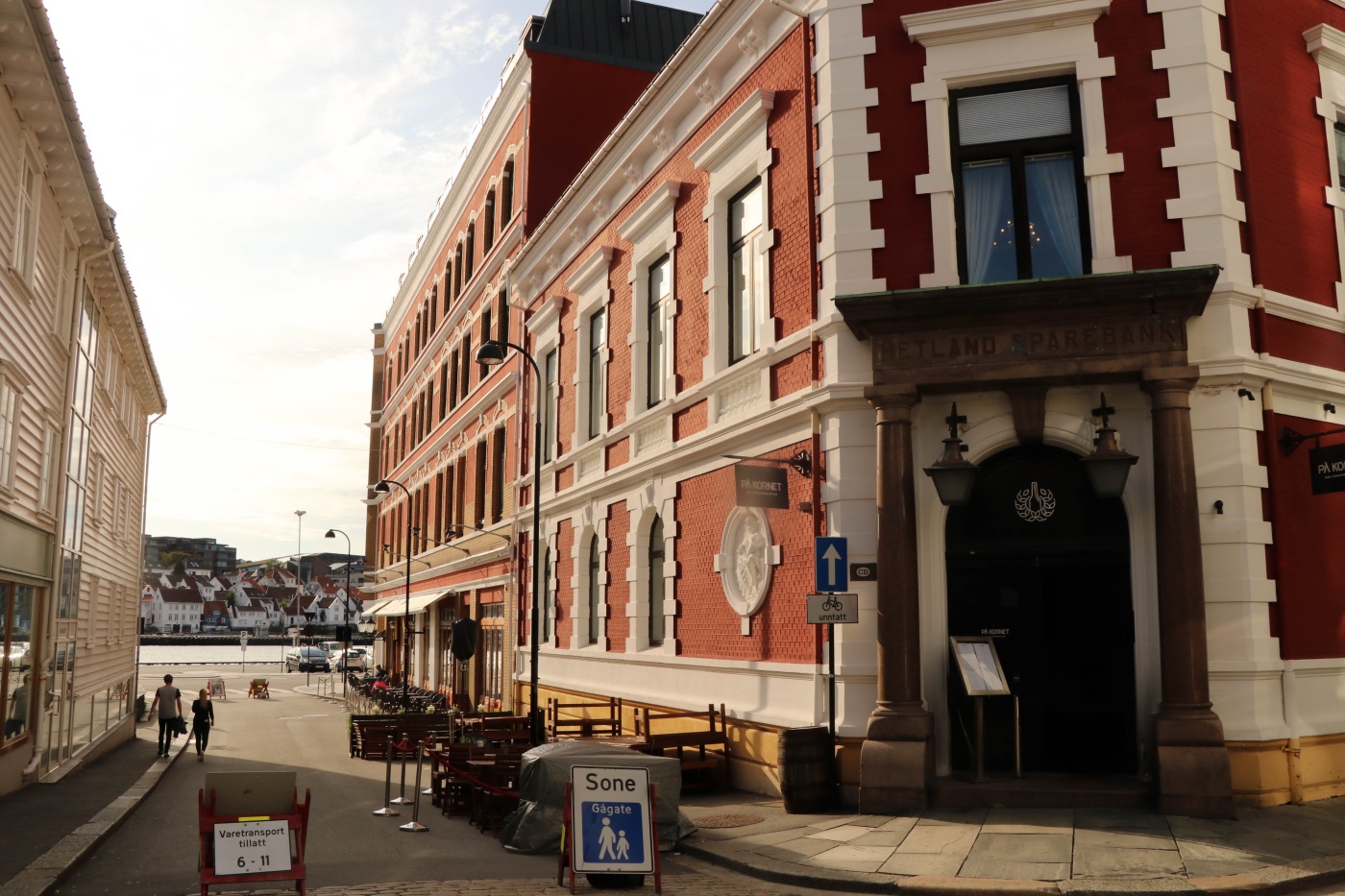
History
For almost its entire history, Stavanger was a small fishing town. The peak of the fishing industry occurred at the beginning of the 19th century, as a result of which fish processing enterprises and a cannery were actively built. But the prosperity did not last long – soon the herring left the shores, enterprises closed, and the city plunged into stagnation.
Everything changed in 1969, when oil was discovered in the North Sea. This was a turning point in the history of Norway, which overnight turned from a poor country into one of the richest in the world. The most drastic changes affected Stavanger, since the first source of oil was located not far from its shores, and the city was chosen as the new center of the oil industry. American and other international companies interested in oil production came to Norway.

Companies needed modern business centers, which began to be actively built in the 1970s, mainly around the main park – Bypark and on the embankment. Overnight, the city was transformed, and concrete and glass buildings rose above the small wooden houses. It led to further development: more housing for workers, entertainment centers, shops, cafes appeared. From a small town dependent on herring production, it became one of the richest cities in Europe.
Despite numerous changes, the historical center and important architectural monuments have been preserved. At the same time, the construction of residential complexes and offices continues in the center.
Over time, oil production centers moved to other regions, and the development of Stavanger slowed down again. But now there are other attractions here. Many tourists stop by on the way to Lysefjord. Also the Stavanger university is one of the best universities in Norway, where many international students study.
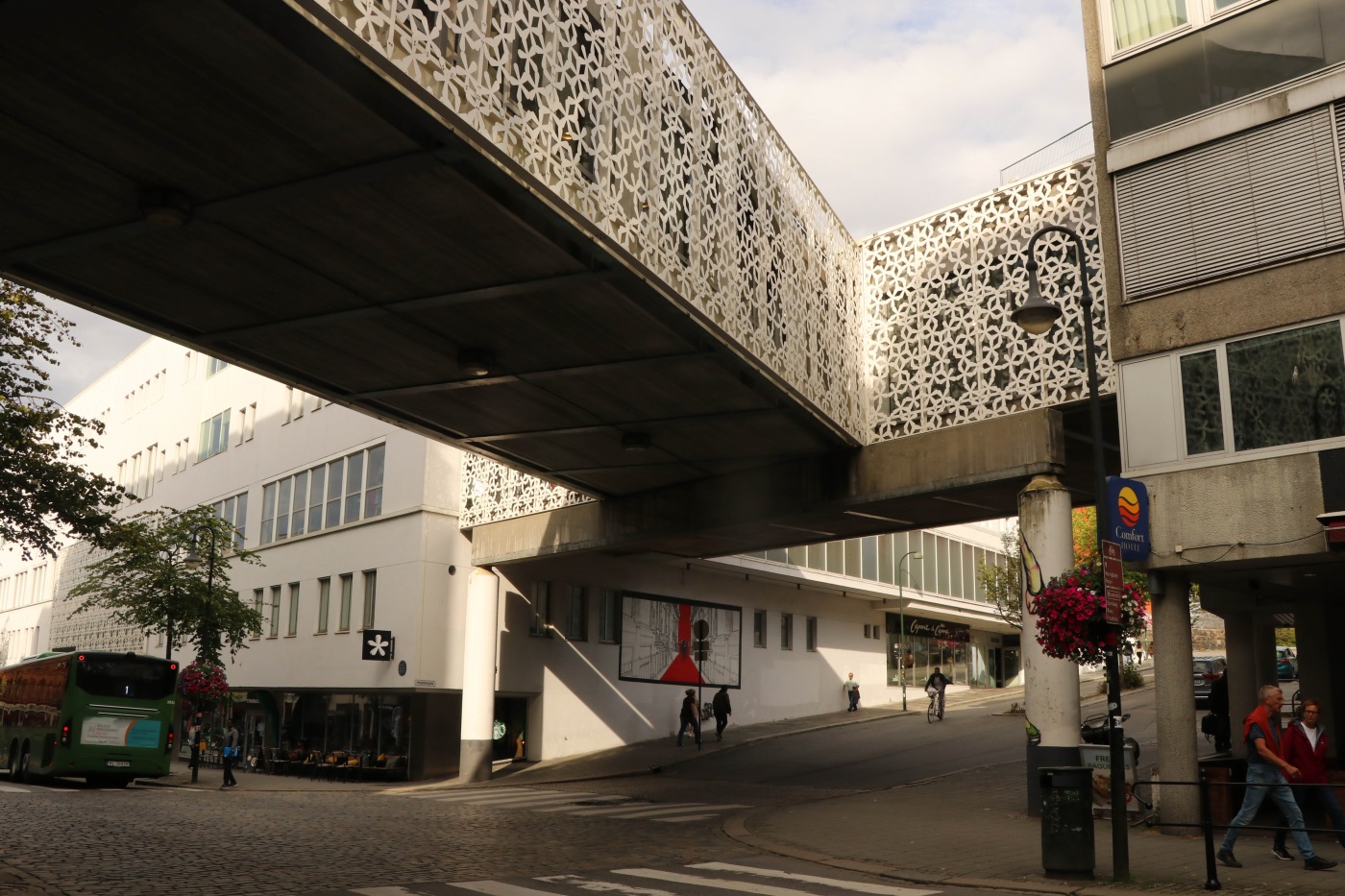
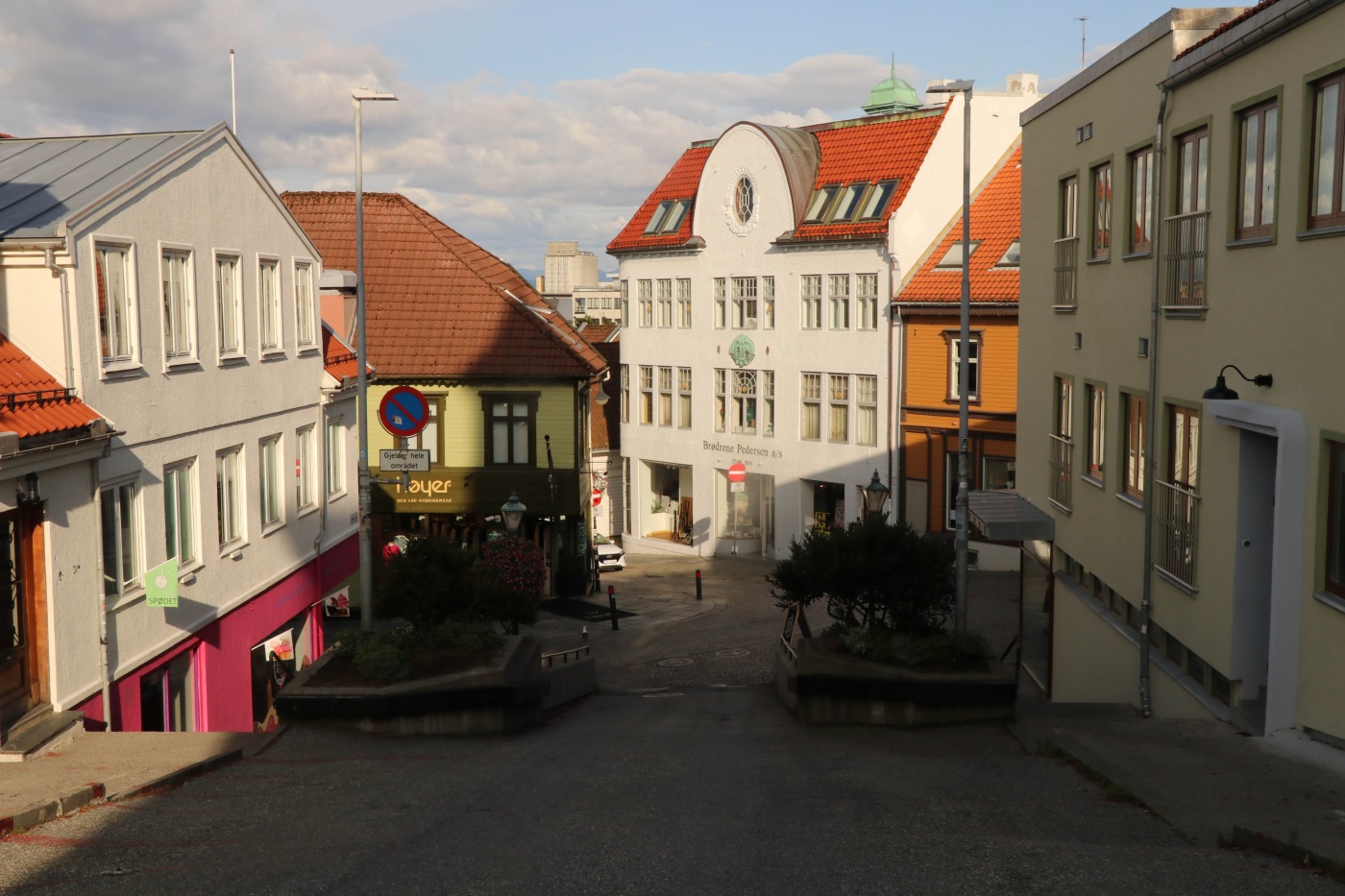
Main attractions
Stavanger Cathedral
Stavanger Cathedral is the oldest cathedral in Norway, first built in 1100. The influence of English architecture can be clearly seen, as the British took part in the construction. The oldest parts in Romanesque cathedral were later enlarged in the Gothic style.


Gamle Stavanger
You should definitely walk around Gamle Stavanger – the old city. Well-presevered wooden houses and narrow streets were once a poor area where fishermen lived. Most of the houses were painted white, but was only used only the facades, as white paint was expensive. Other parts of a house were with cheaper red paint.
Gamle Stavanger was able to avoid fires, World War II German bombings, and the decision to demolish the area later. The Old city is very popular with tourists, that often disturb the locals that still live in the wooden houses. Therefore, many houses have notices asking people not to enter private territory and not to look through the windows.


The locals keep beautiful gardens, decorate houses and run small shops.
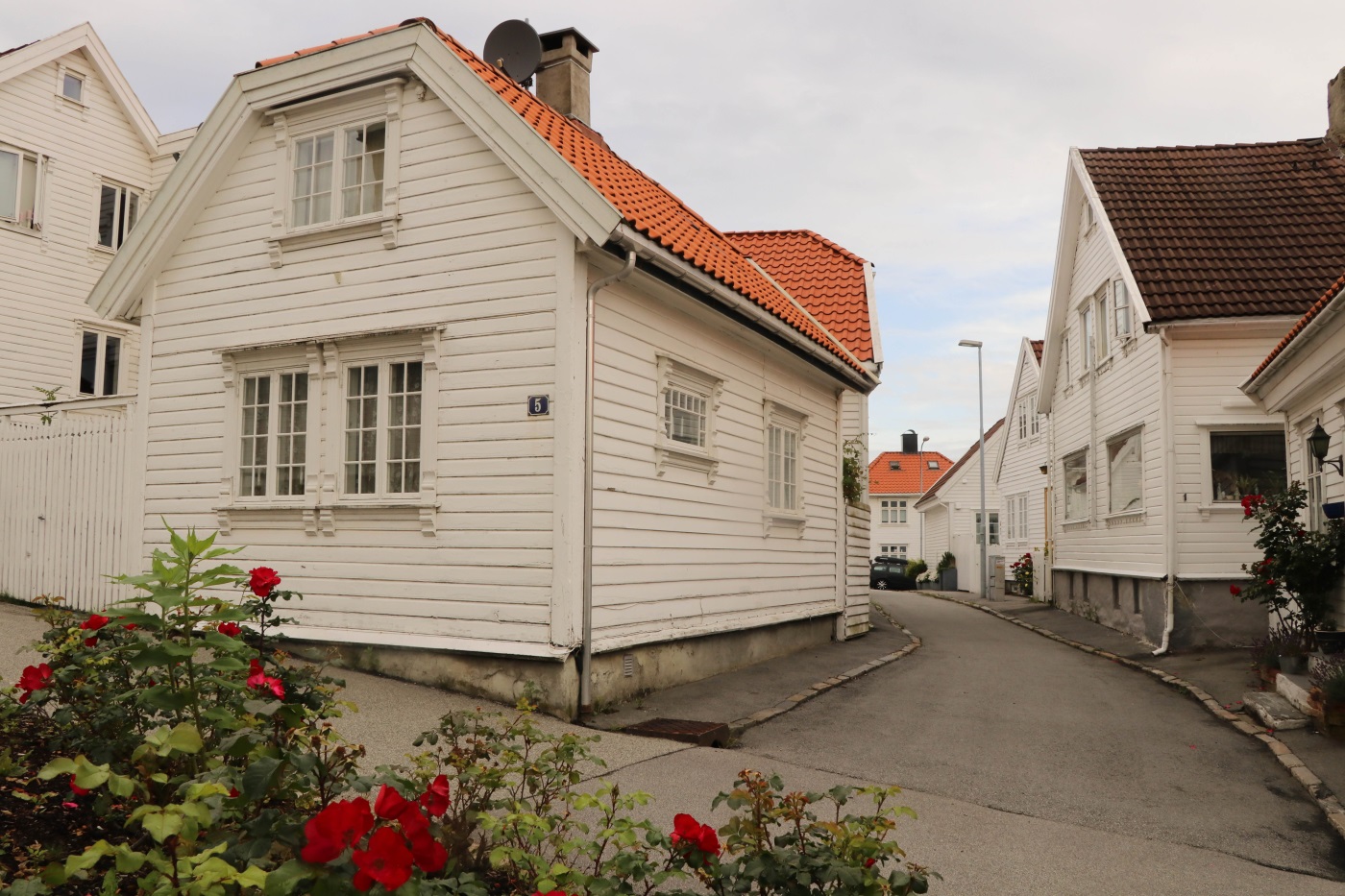
Discover walking tours, cruises and hikes on Manawa.
For example, a Summit hike or a Boat trip.
Fish Canning museum
Fish Canning museum in Gamle Stavanger shows the procces of production of fish, other canning food and cans. Exhibition includes history, statistics and some unexpected exhibits like a can of fish that Roald Amundsentook on his South Pole expedition.
Norwegian Petroleum Museum
In a city that owes so much to oil, there could not be a museum dedicated to it. Its design resembles an oil platform. The exhibition shows the history of petroleum industry, the procces of production, the search. It consists of interactive elements, models of technology and a cinema hall with documentaries in Norwegian and English. This industry changed Norway and Stavanger, so it may be interesting to learn about it.
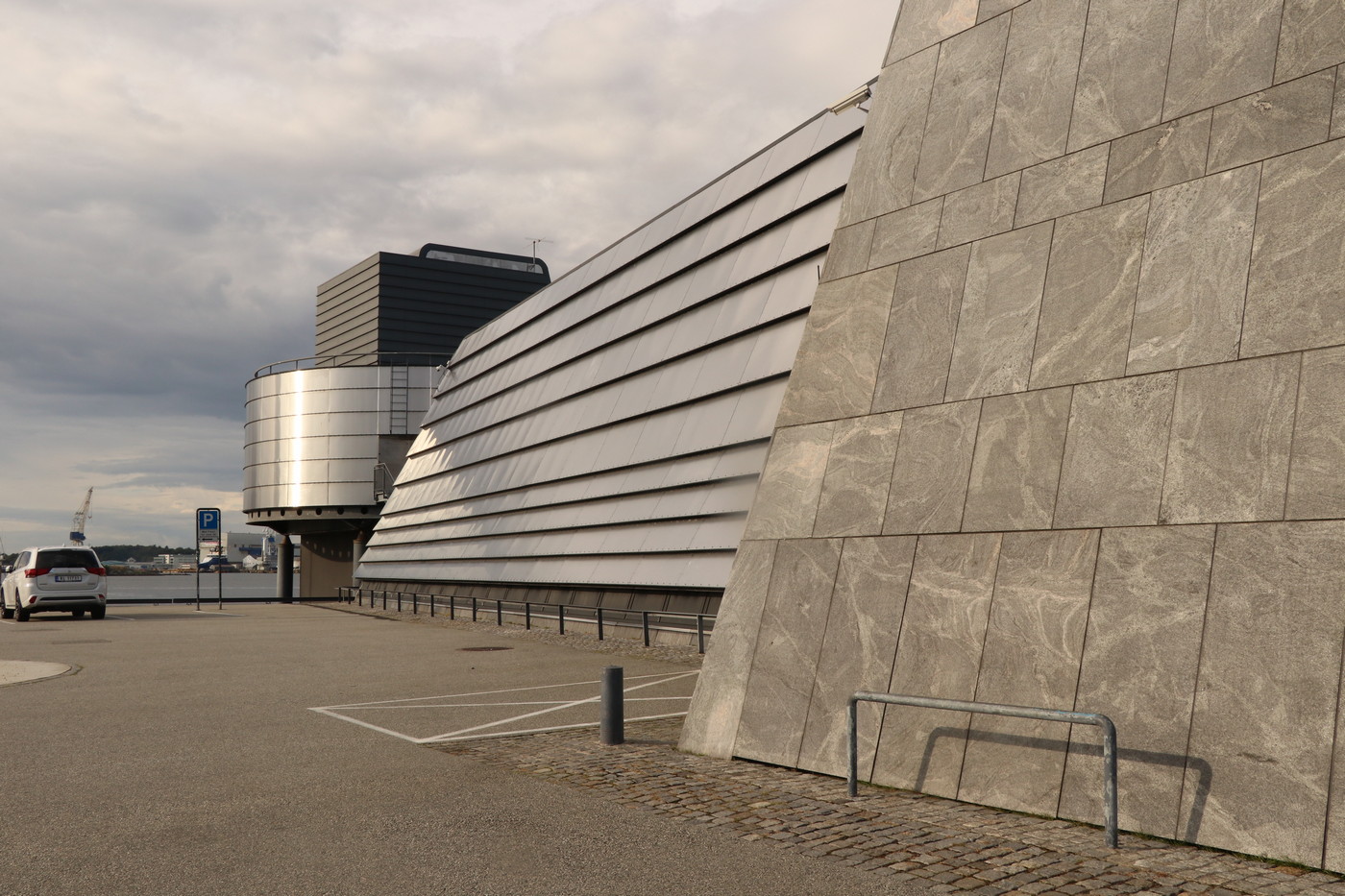
In front of the museum you can see a children’s playground that was created from details similar to the parts of oil platforms.

Fargegaten – street of colours
Ovre Holmegate is one of the major attraction in the city. Most of the wooden houses in Stavanger are white, but the owner of a hair salon decided to paint the façade a bright color to attract clients. At first, these actions were critisized, but after some time his idea was picked up by neighboring establishments Now Ovre Holmegate is called the street of colors and attracts many tourists.

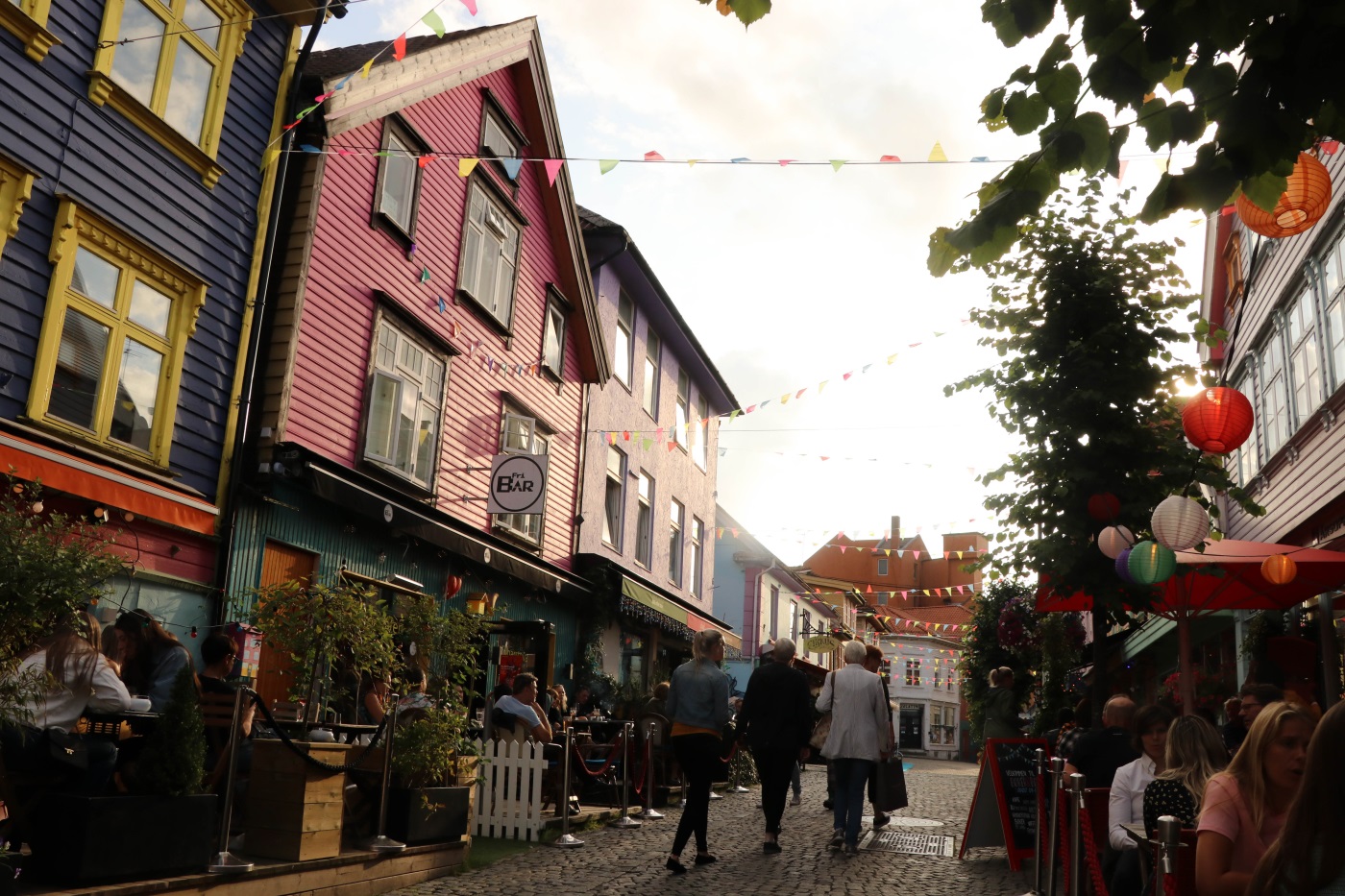
Skagenkaien
You should also walk around Skagenkaien. Now it’s hard to imagine that this beautiful embankment< used to be a place for unloading ships, and that instead of the current buildings there were warehouses.
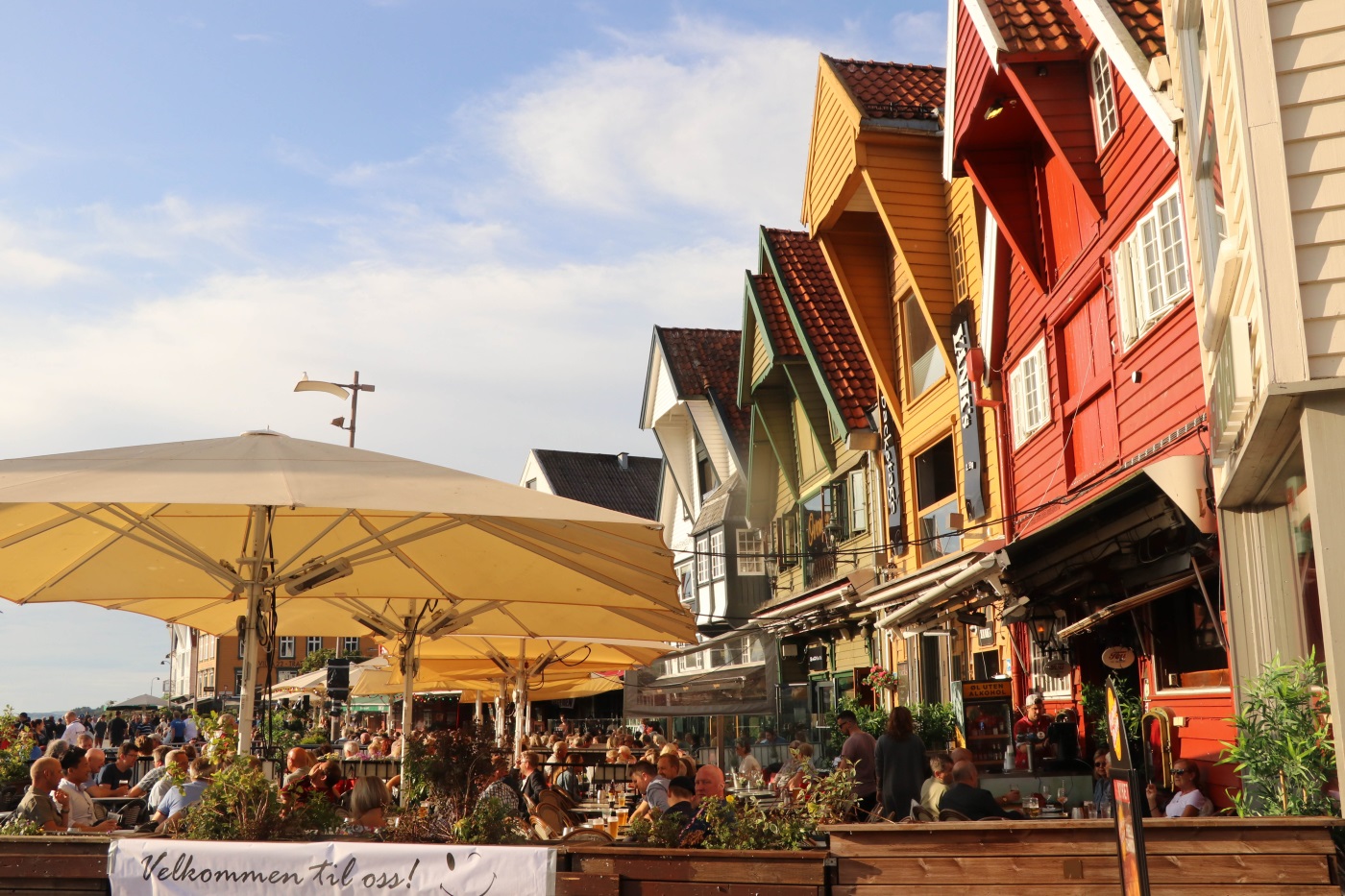
Cruises to the fjords depart from Vågen Harbour, the most popular of which is the Lysefjord with Preikestolen. Also from here there are boats to Flor og Fjære park. This is a small botanical garden on the island with tropical plants and amazing views. Book a cruise in advance.



St. Petri Church
St. Petri Church was built in the 19th century from red brick in a typical Norwegian style.
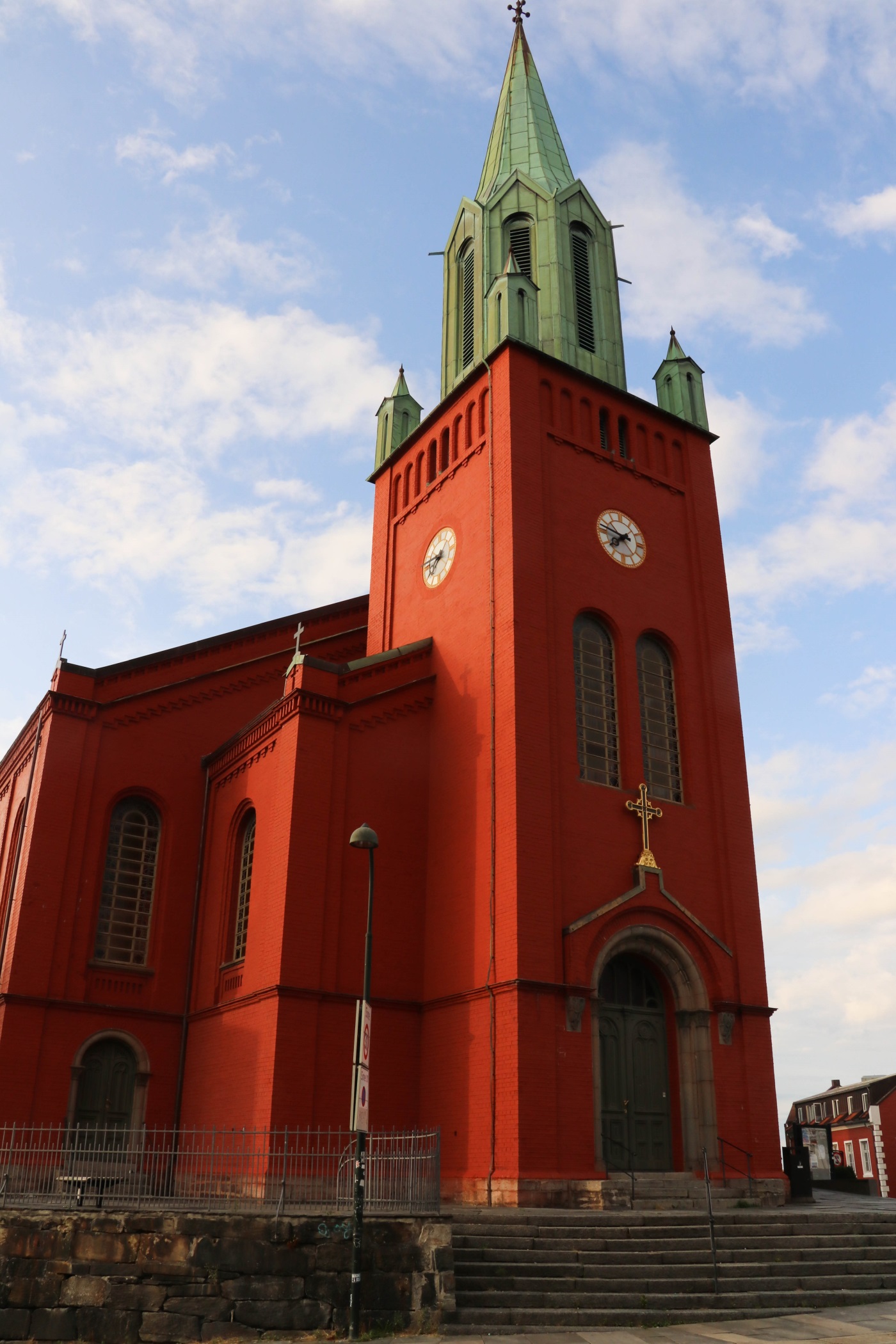
Valbergtårnet tower
Although the Valbergtårnet tower looks more like a defensive structure, it was built and functioned as a fire tower for a long time. From here you can also enjoy a view of the city.

Swords in Rock
Not far from the city you can find another tourist attraction – Swords in Rock (Sverd i fjell). Three swords stuck into the stone commemorate the Battle of Havrsfjord in 872, which took place here. In this battle, Harald Fairhair defeated the kings. This victory contributed to the gathering of West Norway and Norway into one country.

Modern architecture
Excellent examples of modern architecture can be found both in the very center and outside of it. Stavanger always had a mixture of different architecture styles, and modern buildings add to an eclectic image.
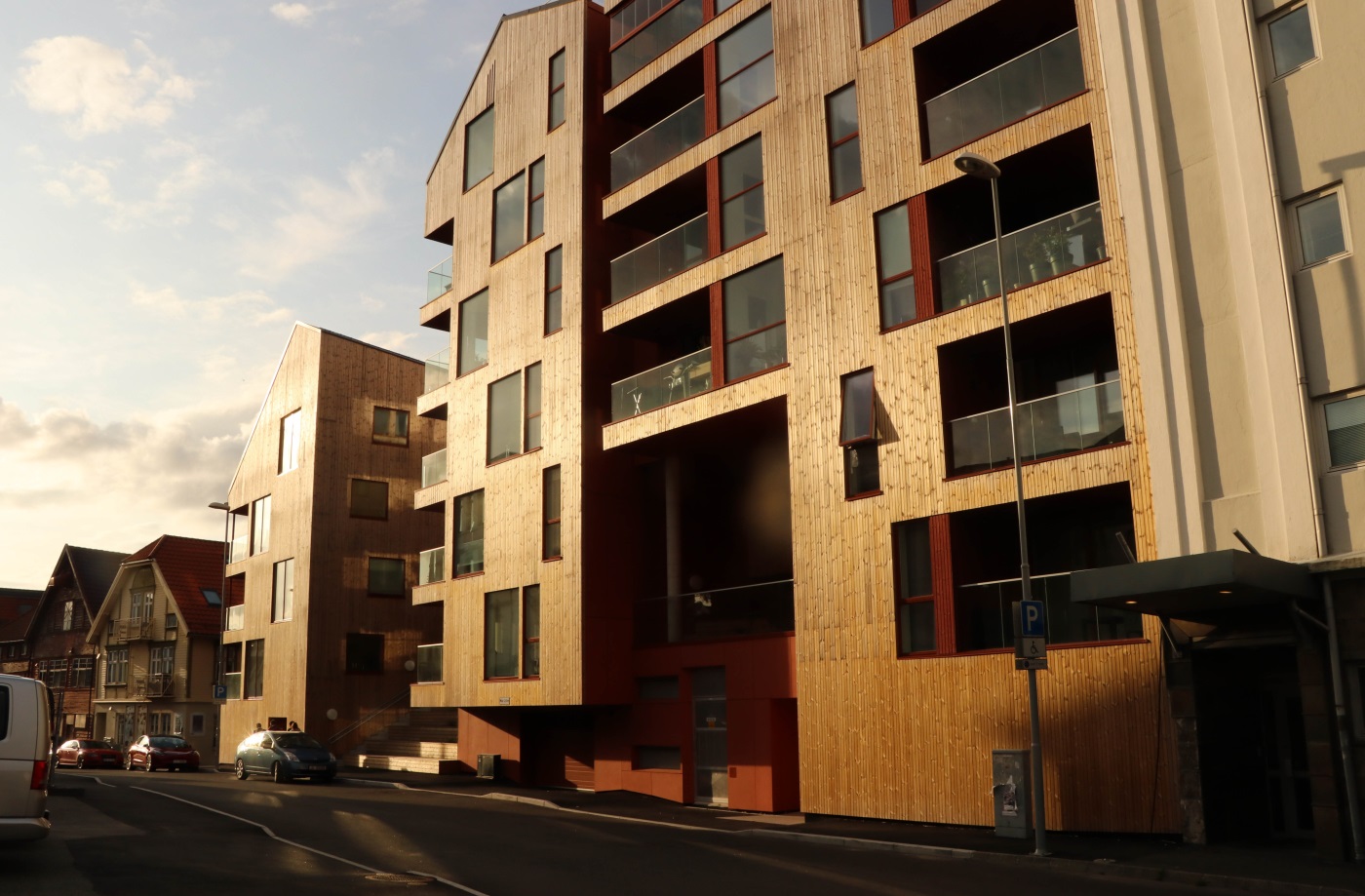
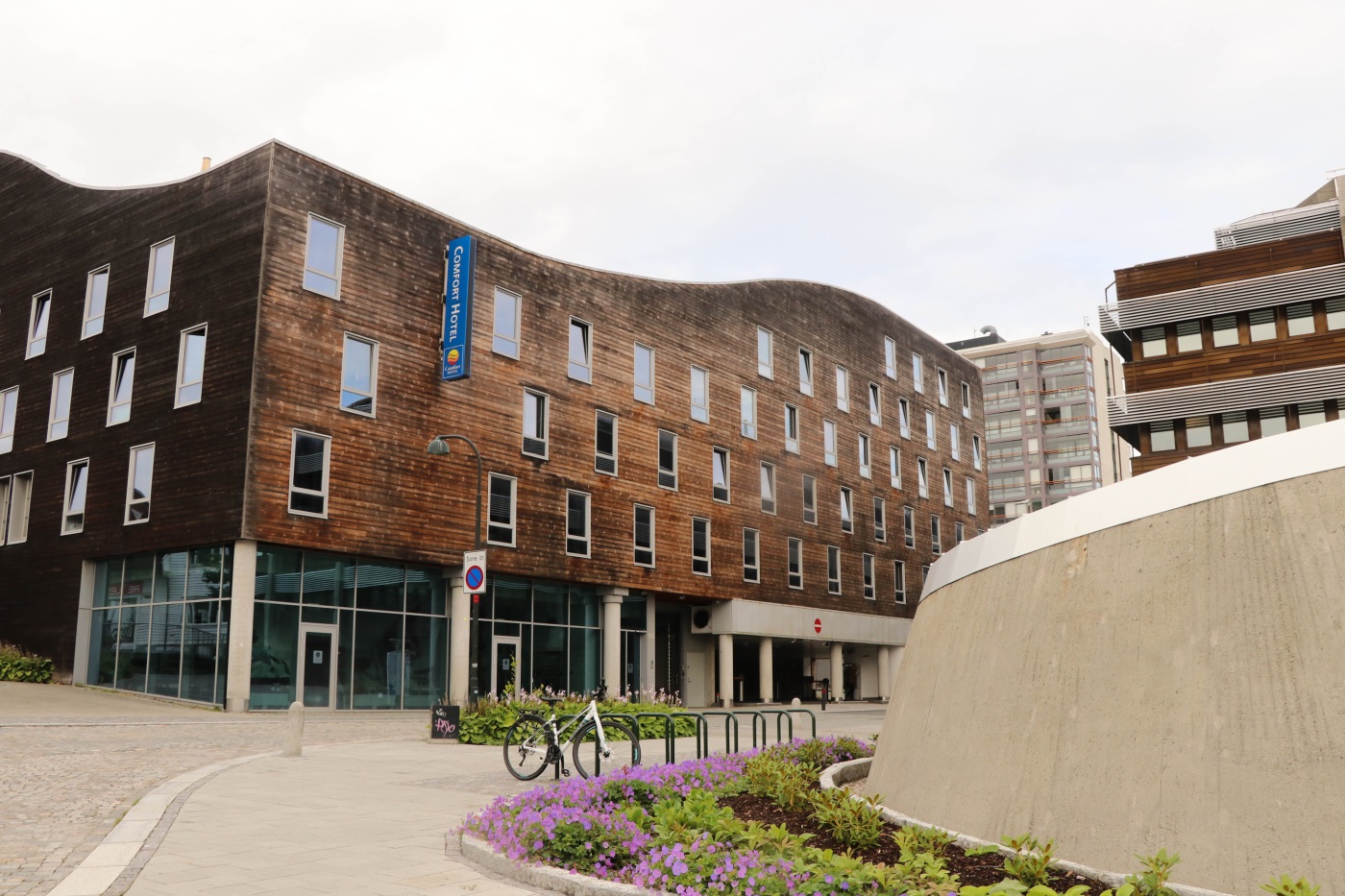
Nearby
Stavanger is surrounded by fjords and picturesque places, and people often come here to continue their journey through natural attractions.
Fjords
The most popular places around Stavanger are the Lysefjord with famous Preikestolen and Kjerag Baalten. You can get there by car or on a tour. Please note that it is a long hike through the mountains to get to the points themselves.

Wiki / Commons
Beaches
People also come to Stavanger for the beaches. And although the water rarely warms up, the beaches themselves deserve attention, the best of them are: Bure, Revtangen, Helleste.
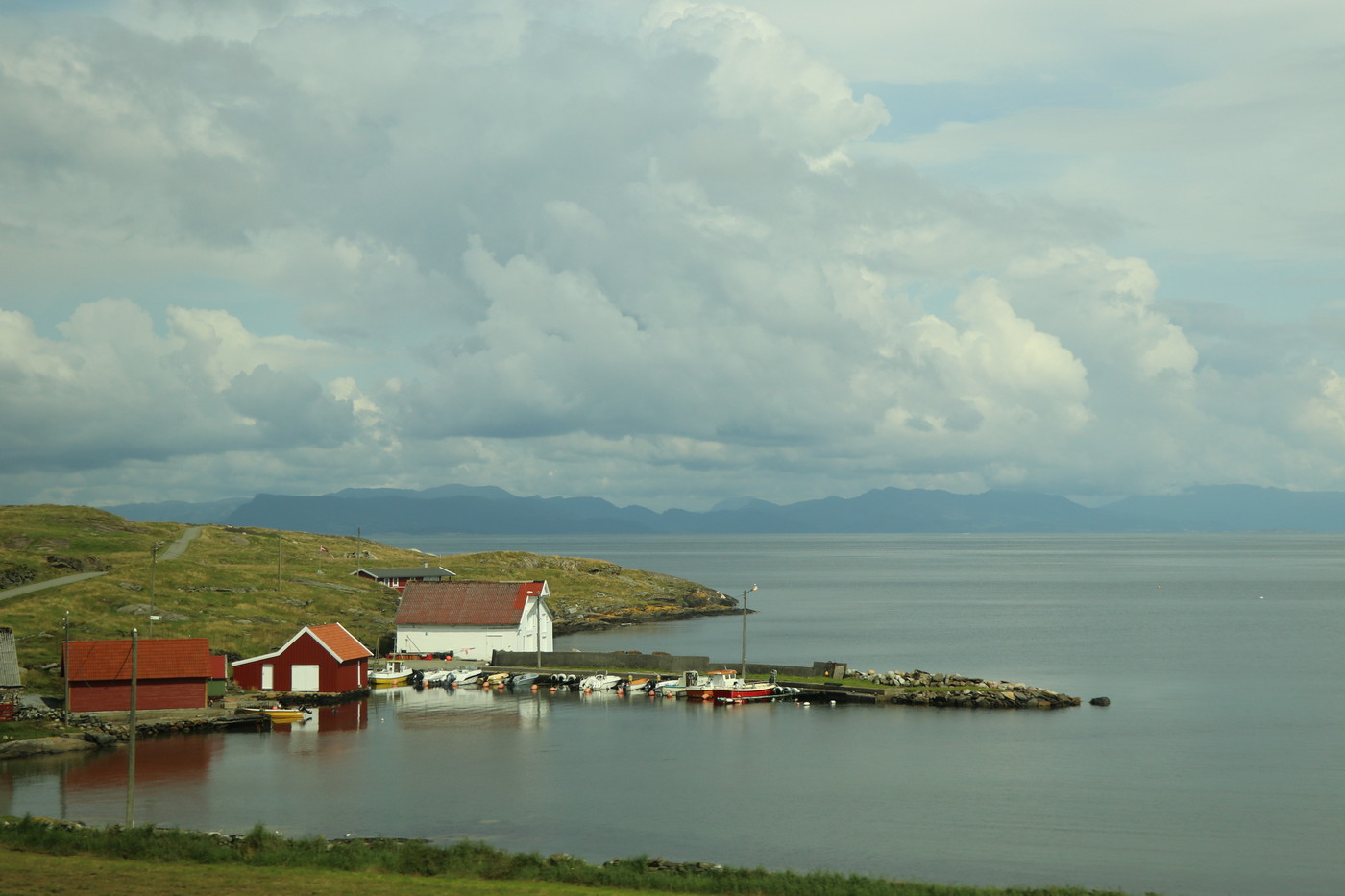
Utstein Kloster
The medieval monastery Utstein Kloster was built in the 13th century and considered as one of the best preserved in Norway. Before the Reformation, the monastery belonged to the Augustinians, and then became the property of the aristocracy. The monastery is located in a beautiful place, so it’s worth a trip here to enjoy the medieval architecture, as well as the views.

Flickr / L.C.Nøttaasen
Kongeparken
Kongeparken is a large amusement park and water park. It is often called the Norwegian Disneyland.
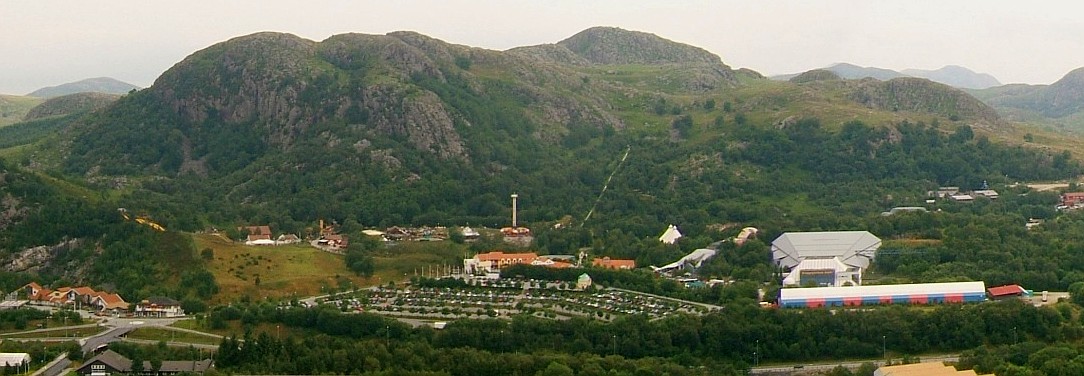
Wiki / Commons
Where to stay
Hotels are the best choice for accomodation in Norway, but always choose the ones that include breakfast (and sometimes dinner), because restaurants and food in general are quiet expensive. I recommend Thon Hotel or Hotel Victoria.
If you’re traveling on a budget take a look at Beds of Stavanger hostel.
How to get to Stavanger
You can get to Stavanger by train from Oslo or Kristiansand. You can view tickets on the website: vybuss.no
It is easy to get here by car from Oslo, Bergen, Kristiansand.
From Sola Airport you can get to the city by the Flubussen bus.
Map
Everything that was mentioned above is located on the map.
